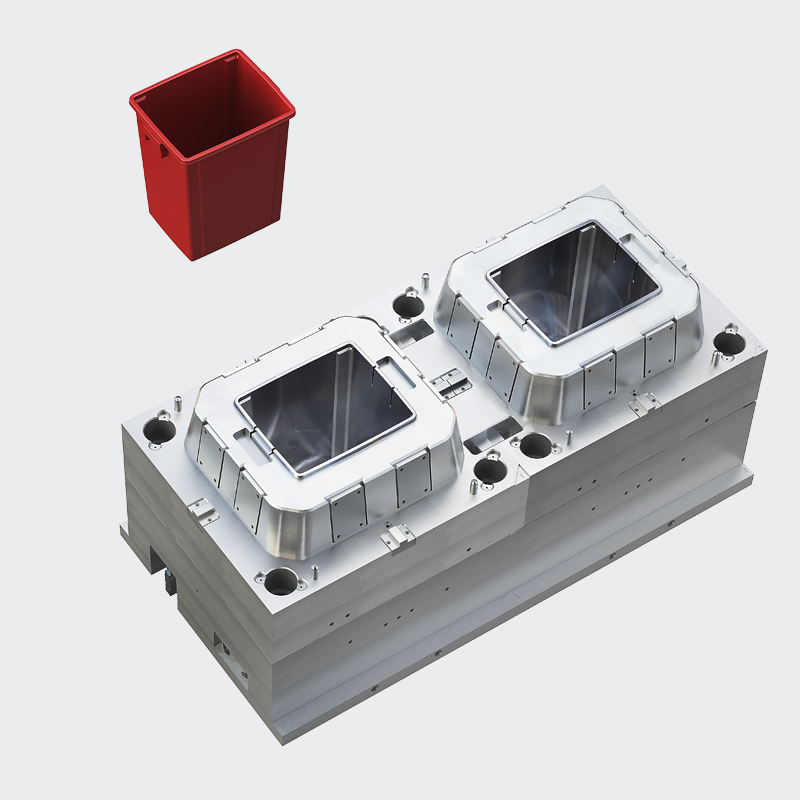A bumper mould is a mold that produces a plastic part. […]
A bumper mould is a mold that produces a plastic part. It is a decorative part for cars. Bumper moldings are available in different shapes and sizes. They are also available in various finishes. There are two main methods for producing bumpers. The first is the traditional outer parting method, while the other is the internal parting.
Both methods have advantages and disadvantages. External parting has a lower cost and has a shorter molding cycle. But the downside is that it has a greater risk of producing parting lines. Inner parting, on the other hand, has a higher price, a more complicated processing method, and a higher technical risk.

The front bumper structure mainly consists of rounded corners, support surfaces, and holes. The average thickness of the bumper is 2.8mm. On both sides, there are undercuts and buckles.
There are also several buckles on the inner side. In the case of the inner parting, the parting clamp line is not visible, so it won't affect the appearance of the bumper. However, it increases manufacturing costs and labor costs.
When designing a bumper mould, the first step is to select the number of gates. The gate size is 12mm*10mm.
The next step is to choose the location of the gates. This depends on the experience of the designer and the design requirements. Using computer simulation, the location of the gates can be quickly determined.
Next, the design of the temperature control system has a great impact on the quality of the product. If the temperature is unevenly cooled, it can cause warpage, which will cause defects in the finished bumper.